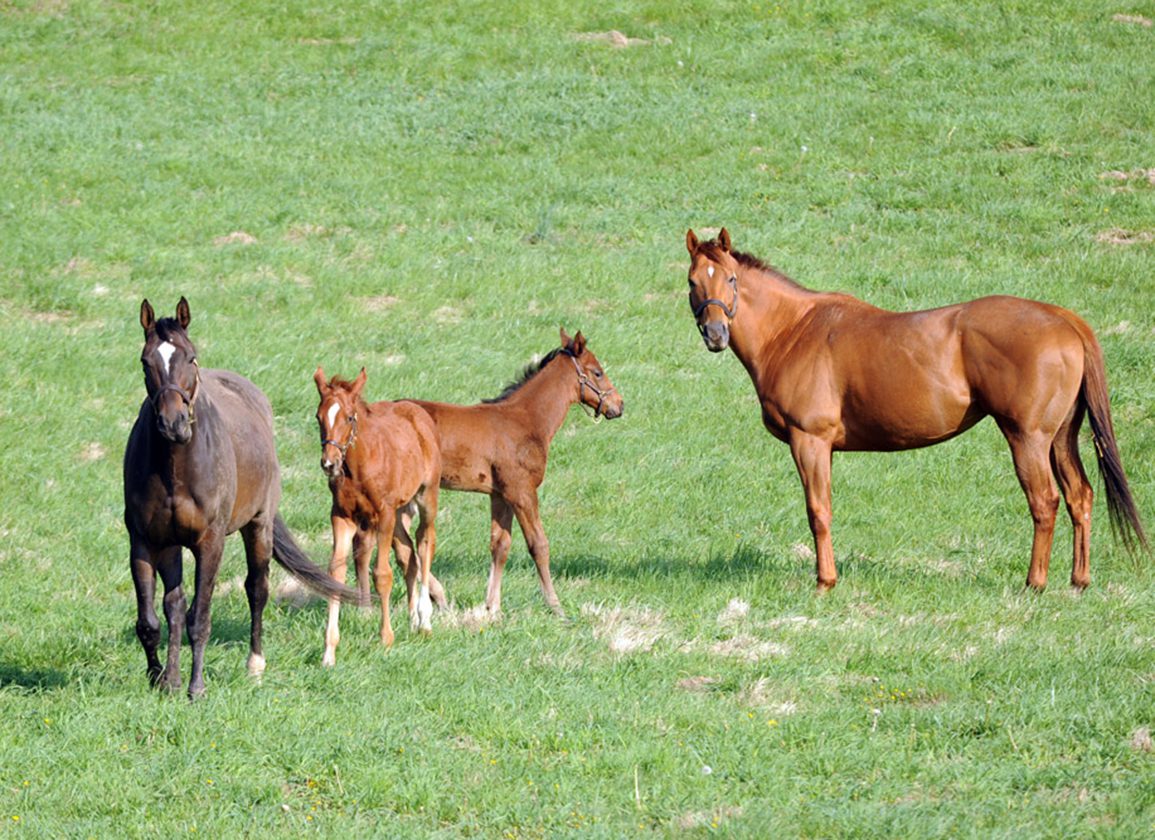Recent discussions about racing fatalities are putting the sustainability of Thoroughbred racing to the test. Various solutions have been suggested to reduce fatalities and maintain public acceptance of our wonderful sport. We should pay more attention to the opportunities of breeding to improve sustainability.
Let us look at the history of dairy cattle breeding for inspiration to breed more sustainable Thoroughbreds. For a long time, farmers focused almost exclusively on maximizing milk yield until their attention shifted towards reducing involuntary culling and improving animal health and welfare. Breed associations supported breeders by providing genetic information on longevity, health traits, and functional conformation. Targeted bull selection is now a proven strategy for improving herd sustainability.
We can improve the sustainability of racehorses through genetic selection, too. To successfully do so, we need data on hereditary observations. It is promising that research using data from the UK and Hong Kong clearly shows that some disorders, such as musculoskeletal problems, have a genetic background. This is also true for more general traits that indirectly reflect sustainability, such as career length, number of starts, and lifetime earnings.
Fortunately, racehorse disorders are increasingly being recorded at a large scale, as can be seen in the Equine Injury Database. We can use observations of a sire and his relatives to estimate his breeding value for these traits.
In the short term, genetic selection for sustainability is not a silver bullet for drastically reducing the number of conditions. Because, for many traits, the genetic background explains only a small proportion of the variation. Genetic improvement tends to take longer than a non-genetic intervention, such as changing the surface of the racetrack.
But these concerns do not outweigh the benefits of breeding for the long term. Genetic progress is permanent: a one-off selection decision that has a lasting effect on future generations. On top of that, the selection effect is cumulative; with each new generation the population progresses. Genetic selection can also be very cost-effective, especially when using already available data.
So, while breeding might not be a quick fix, it is undoubtedly an attractive prospect for improving the sustainability of the next generations of Thoroughbreds. I look forward to hearing the views of leading breeders and breeding associations.
Dr. Erwin Koenen is a geneticist at Kyllaros.com. He has a PhD in Animal Breeding and Genetics.
Not a subscriber? Click here to sign up for the daily PDF or alerts.






